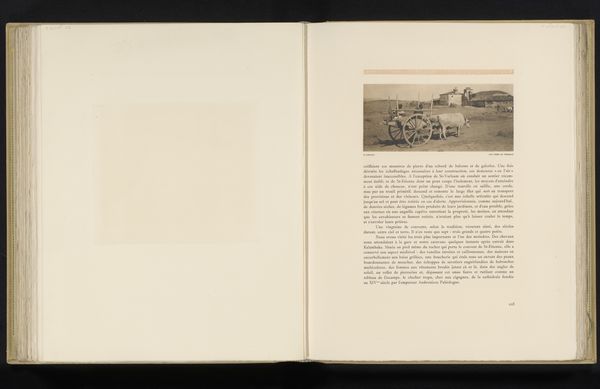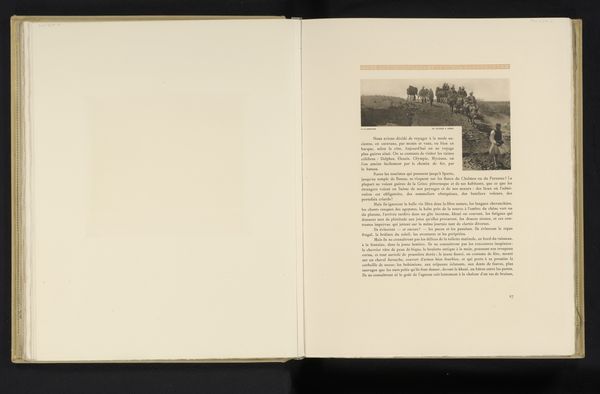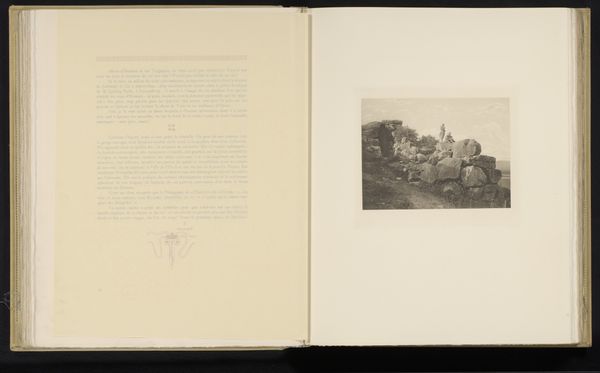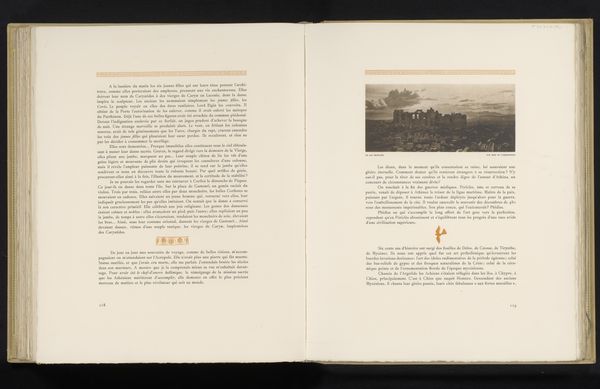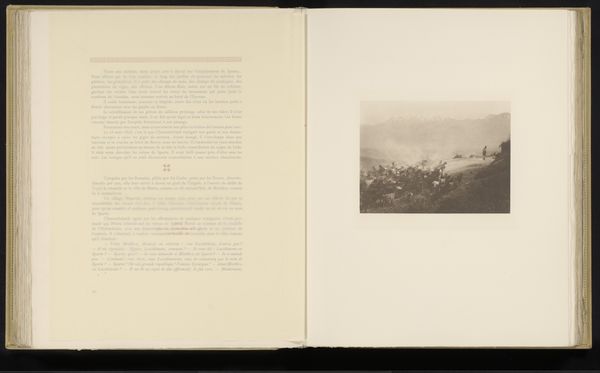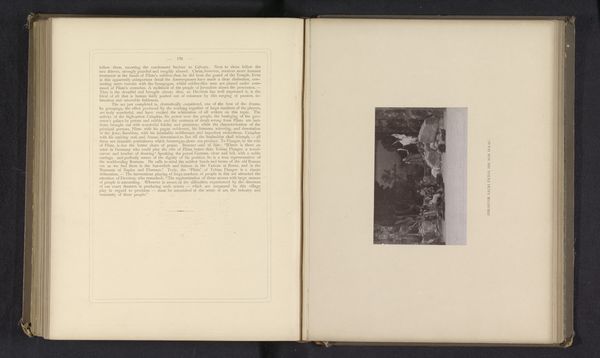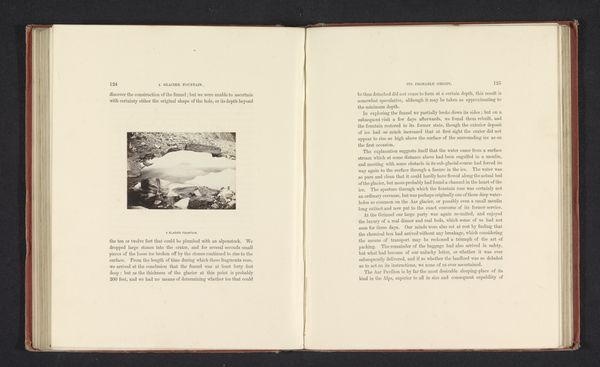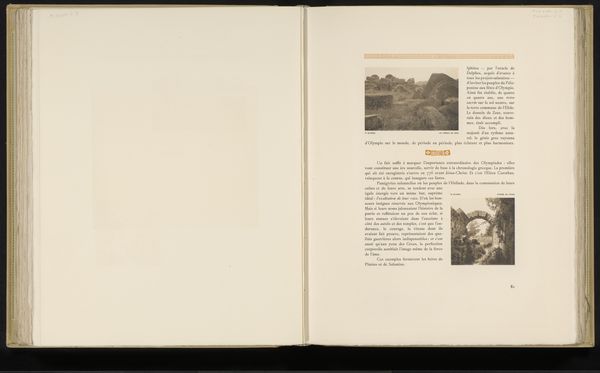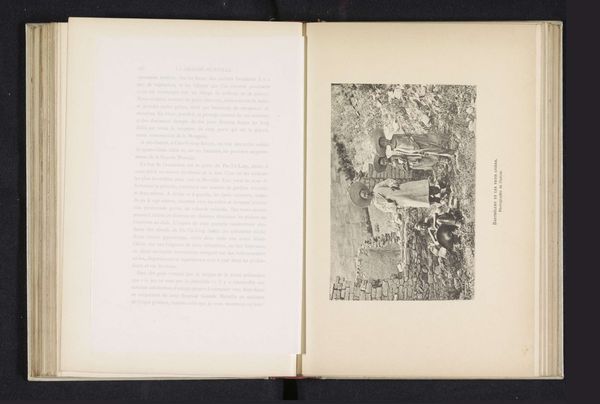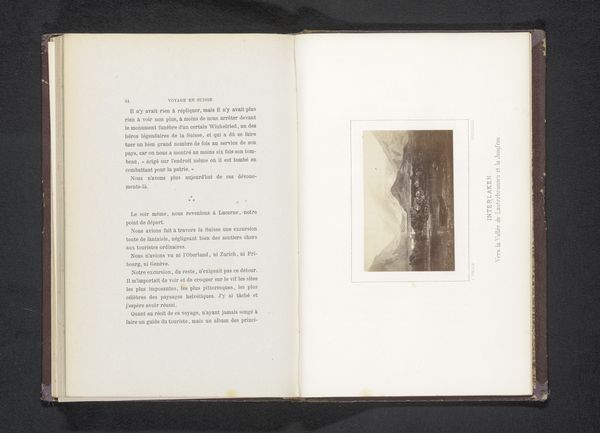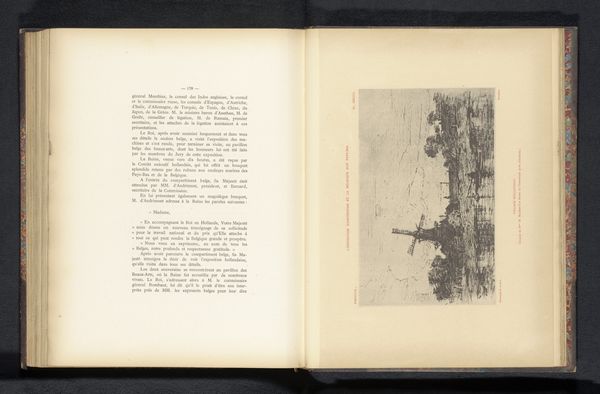
print, photography
#
pictorialism
# print
#
landscape
#
river
#
photography
#
horse
#
genre-painting
Dimensions: height 115 mm, width 225 mm
Copyright: Rijks Museum: Open Domain
Curator: What a dreamy print. I’m immediately drawn in by its diffused, almost ethereal light. Editor: Indeed. We’re looking at a photographic print by Frédéric Boissonnas, titled "Sloep met paarden op de Alpheüs bij Olympia," created before 1910. Boissonnas was quite invested in the aesthetics of pictorialism. Curator: You can really see that. The softness of the focus, the tonal range... It lends a sense of timelessness, almost a classical quality. The composition, though simple—a boat being pulled by horses along a river—evokes genre painting. How would such imagery have resonated with audiences at the time? Editor: Boissonnas was deeply involved in shaping perceptions of Greek landscapes. Remember, the late 19th and early 20th centuries saw a surge in European interest in Greece, fueled by archaeological discoveries and a romanticized view of its classical past. This image contributes to that narrative, portraying a tranquil, almost idealized vision of the region, very deliberately aestheticizing a daily scene for a European audience. Curator: The light seems to dissolve forms, to obscure precise details. Editor: Precisely! That aesthetic is entirely purposeful, removing much of the evidence that this is even a photograph, much less an actual moment. A sharp photograph would likely introduce discordant details or elements. This composition reinforces a symbolic and serene view of Greek landscape. Curator: There is this interplay between romantic ideal and constructed image… The horses pulling the boat – this is not the typical sublime landscape one sees in other period photography. What were his motivations for creating an image that hints at working conditions while also keeping its hazy, nostalgic aesthetics? Editor: It gets at the complexity of pictorialism itself. While on the surface it might seem purely aesthetic, it was also about asserting photography's status as art, capable of conveying mood and emotion. Boissonnas uses the working horses on the Alpheus to tap into romantic ideas about Greek antiquity and to celebrate its beauty. But ultimately his position seems at odds: He's both documenting and constructing a view of Greece for European consumption. Curator: Very compelling. For me, it’s a reminder of how photographic imagery is so carefully composed, always filtered through a lens, and invariably shaped by social context and the artist's own intentions. Editor: I agree. Analyzing the formal qualities while keeping its context in mind really brings forward new dimensions to the artwork.
Comments
No comments
Be the first to comment and join the conversation on the ultimate creative platform.
